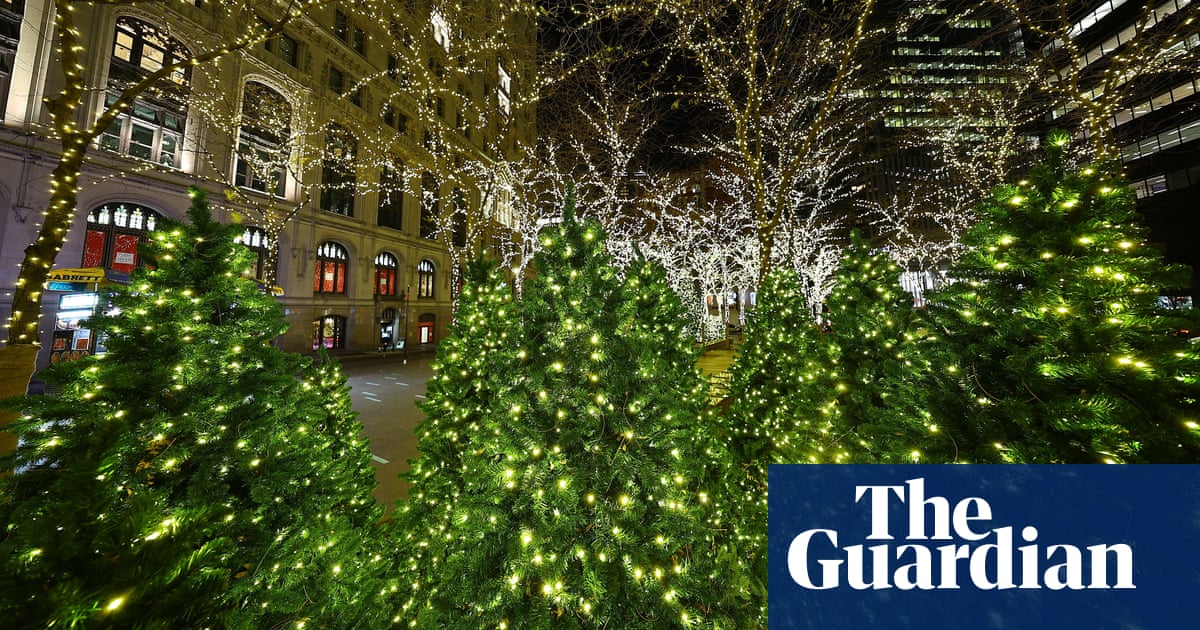
The climate crisis is significantly impacting American agriculture, including the production of Christmas trees. Warmer temperatures, more frequent and severe heat waves, increased rainfall, droughts, wildfires, and hurricanes—all exacerbated by human-induced climate change—are stressing these crops. A recent report from the National Oceanic and Atmospheric Administration (NOAA) highlights the severity of the situation and its ongoing effects. High temperatures and drought weaken Christmas trees, increasing vulnerability to pests and diseases. Excessive rainfall causes flooding and root rot, while extreme cold leads to frost damage. In 2021, Oregon experienced a severe drought resulting in the death of over 70% of Christmas tree seedlings, with mature trees suffering from completely dried needles. Warmer autumns also hinder needle retention, as trees require cold temperatures for dormancy. Hurricane Helene in North Carolina caused an estimated $125 million in losses to ornamental nurseries and Christmas tree farms.
To combat these challenges, researchers are actively working to enhance the resilience of Christmas trees. Efforts include irrigation management and using wood chips to improve soil moisture, as noted by Bill Lindberg of Michigan State University Extension. Long-term strategies involve exploring hardier tree species suited to warmer, drier climates, along with genetic research and breeding programs. The NOAA report emphasizes scientists’ hope in producing trees that can acclimate and withstand climate change threats.
The North Carolina State University Christmas tree genetics program has dedicated decades to developing “elite” Fraser fir trees. Justin Whitehill, the program lead, explains that their primary focus is adaptation to ensure the trees’ continued survival and thriving. This involves traditional breeding, a slow process that can take 20-30 years for Fraser firs to produce pollen or cones. To accelerate this, researchers test trees in various environments, analyzing performance at different elevations and correlating genetics with environmental factors. This involves a more active approach than simply allowing natural selection, identifying superior trees and promoting their genetics in future generations. While genetic modification is a future consideration, it remains a longer-term prospect.
Despite the challenges, Whitehill remains optimistic. He assures that the situation, while serious, is not insurmountable. He draws parallels with other crops, acknowledging the rapid pace of climate change but emphasizing the ongoing efforts to ensure the continued availability of real Christmas trees for years to come.
